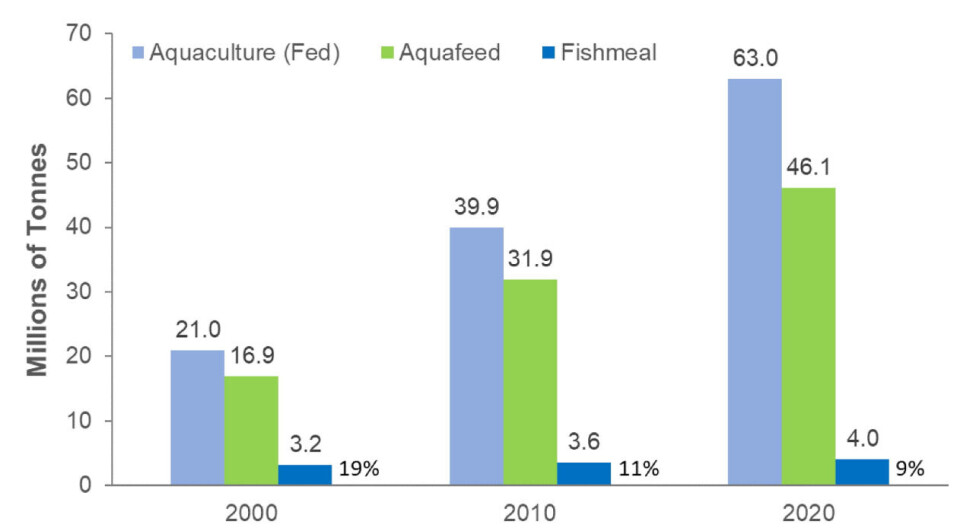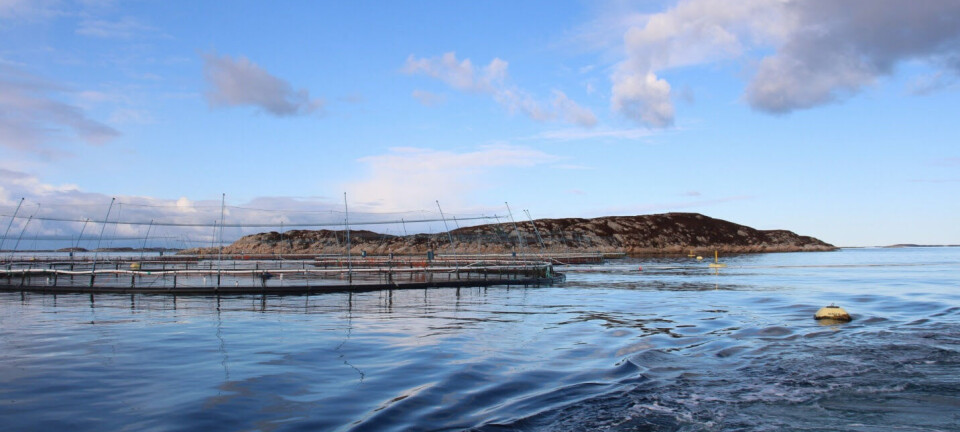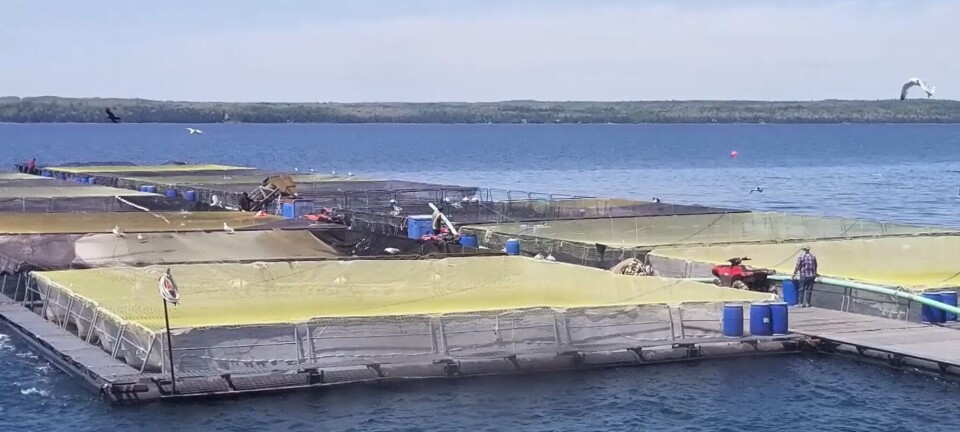
Experts chew over future for aquafeed ingredients
Matching the pros and cons for the many items on the menu is the way forward
An experts’ review of existing and potential aquafeed protein ingredients has concluded that none is no perfect but that increased knowledge of their strengths and weaknesses can increase adaptability of feed formulations.
The review is lead authored by Brett Glencross, technical director of the marine ingredients organisation, IFFO, and includes input from Margareth Øverland, professor in aquaculture nutrition at the Norwegian University of Life Sciences (NMBU), and Richard Newton, lecturer in resilient food systems at Stirling University’s Institute of Aquaculture.
The review considers a large variety of protein sources used in aquafeeds: marine ingredients (produced from either forage fishery or by-products from both fishery and aquaculture resources), processed animal proteins (made from terrestrial animals produced for human consumption from which by-products are generated, and also insect and worm meals), single-cell protein resources (produced from bacterial, yeast, fungal, or microalgal origins), grain protein sources (making up the largest volume of all global aquafeeds) such as cereals, oilseeds, pulses, including those plant resources used either unmodified, or with varying degrees of processing.
Balancing ingredients
“The assessment demonstrates that every ingredient has strengths and weaknesses. In many cases, the weaknesses of one ingredient can be matched with the strengths of other ingredients to identify opportunities for complementarity,” said Glencross.
For example, soybean has the scale and stability of supply and consistency of product quality but lacks palatability for many species. Fishmeal though is limited in supply but has excellent palatability characteristics. They work well with each other in a highly complementary way.

The review, which applies a Strength-Weakness-Opportunity-and-Threats (SWOT) analysis to each ingredient class, provides a series of options to improve feed security. These are:
- Improve management of existing resources to increase their productivity
- Ensure nothing is wasted
- Further develop non-competing resource production
“By better appreciating the positives and negatives of each ingredient, it becomes possible to increase our adaptability in responding to the various opportunities for their use in feeds and improve our sustainability of the sector moving forward,” said Glencross.
Overall, while technical progress in working with an increasing range of ingredients is making clear headway, the scale-up of new resources to delivering meaningful volumes still needs work, the review concludes.
Read the review, published in the journal Reviews in Fisheries Science and Aquaculture, here.























































